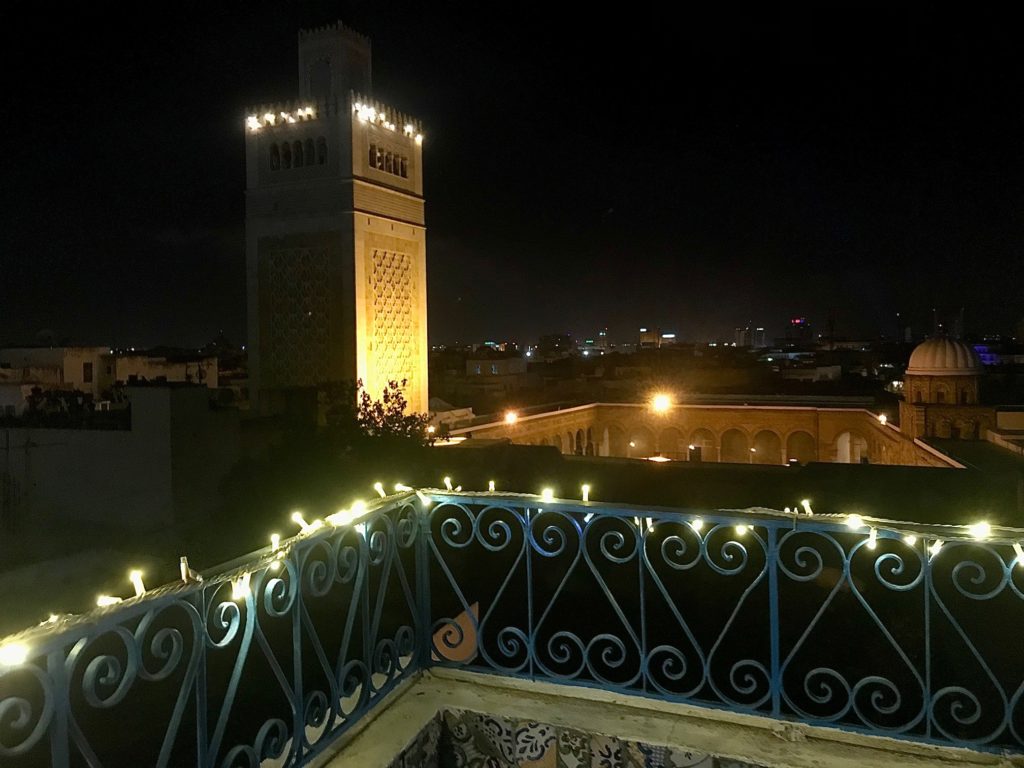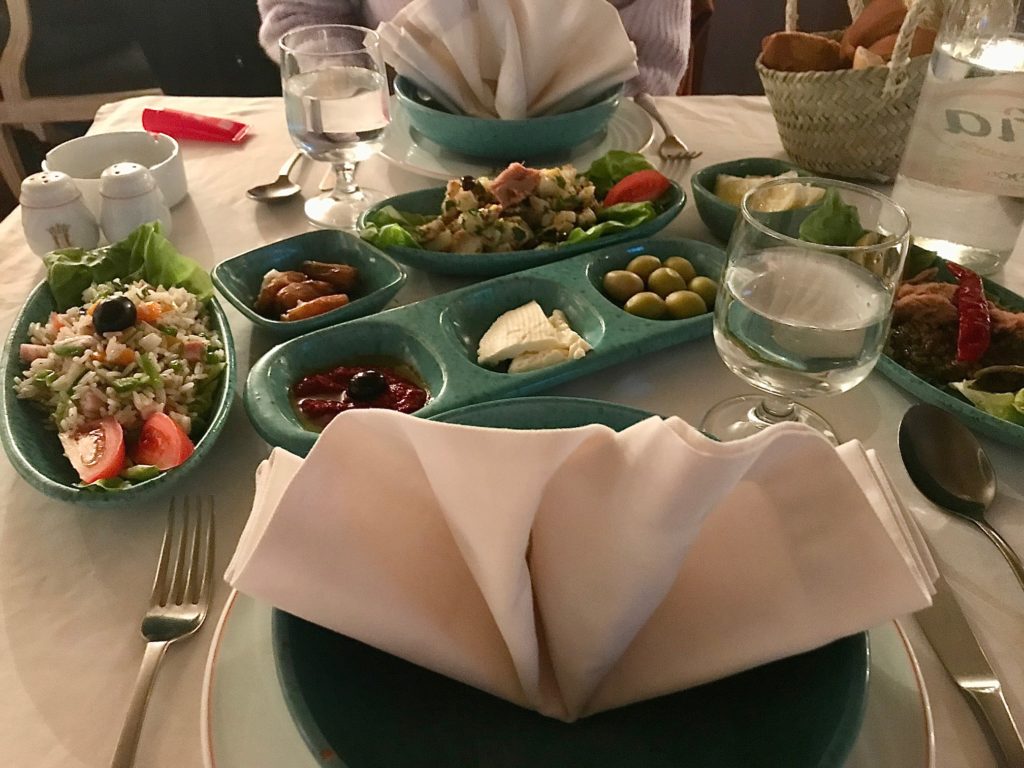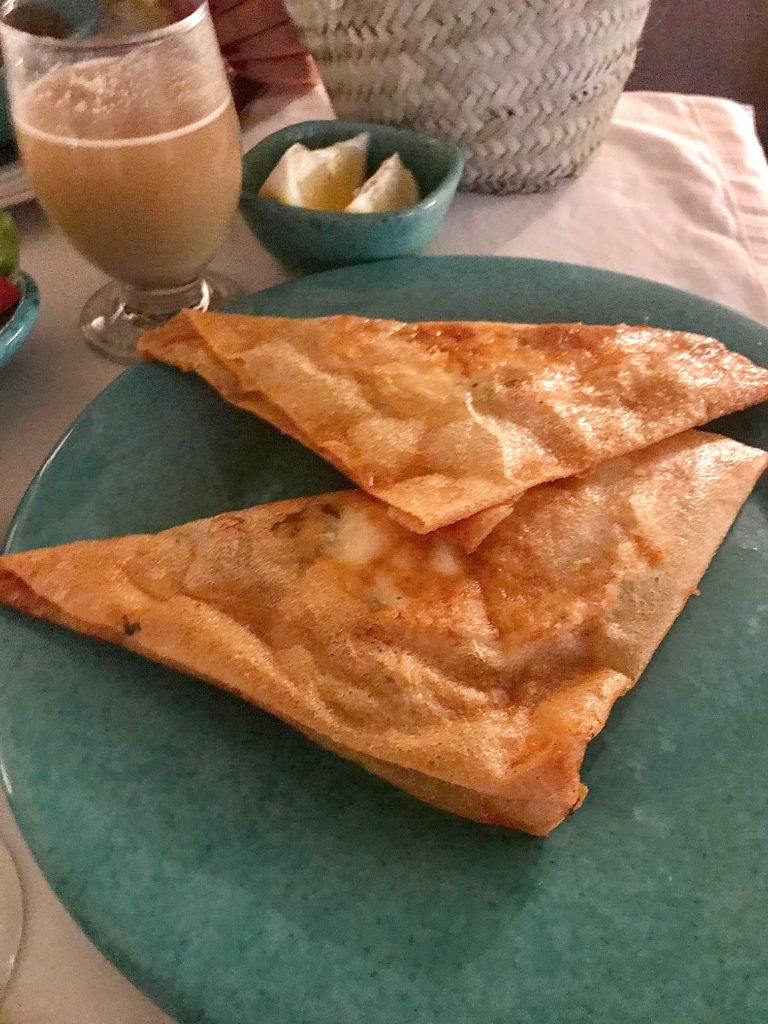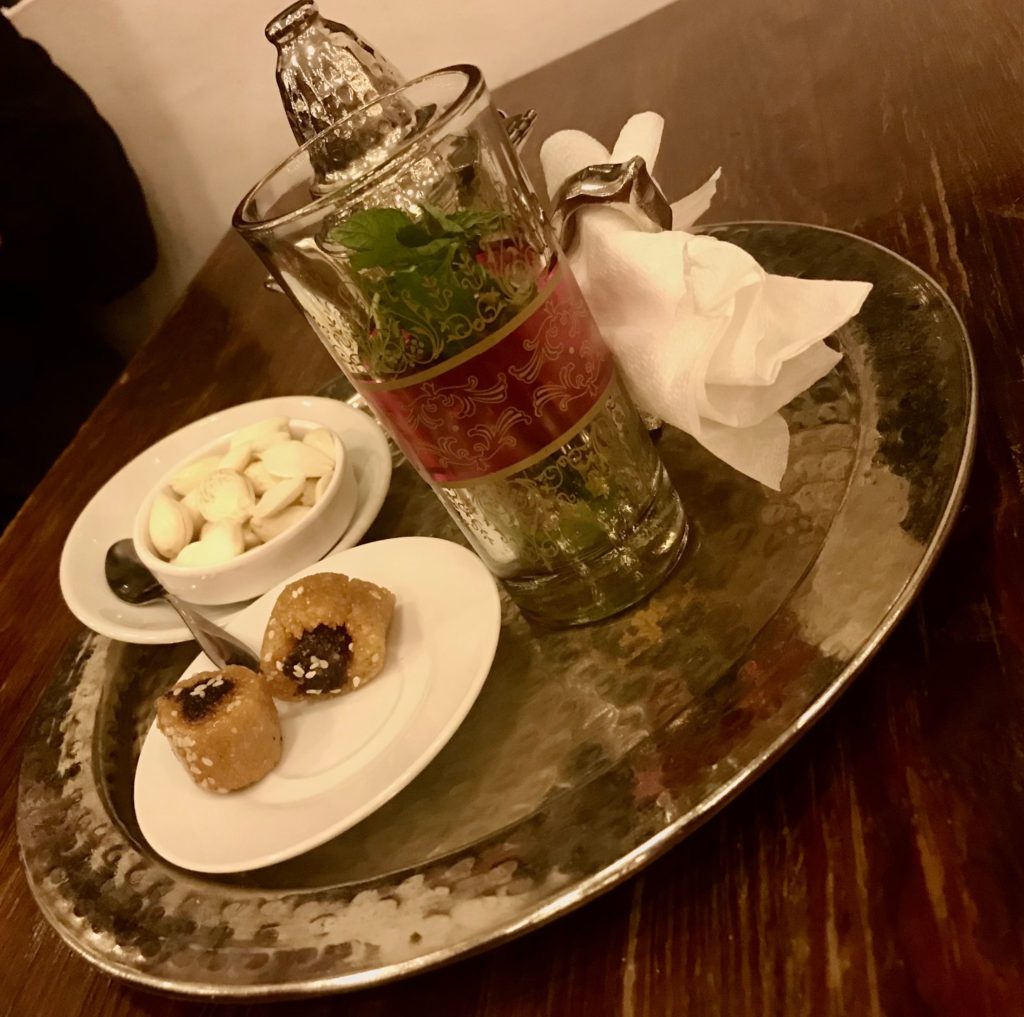
I recently visited Tunis, Tunisia in April 2022. What I didn’t realise when booking the trip was that we’d be visiting in the spiritual month of Ramadan, a special time in the Islamic calendar for fasting, prayer and self-reflection.
As a non-fasting tourist in the city, I was at first apprehensive, wanting to be respectful of the spiritual month and wondering what the city would be like. It turned out to be a delightful time to visit, as we really got a sense for the community spirit. Whilst the city was naturally quieter during the daytime, with shops operating at slightly different times to usual, as soon as the sun went down, there was a real buzz about the city.
As mentioned in my previous blog detailing my experience in Tunisia, we were lucky enough to meet a lovely local, who helped us to navigate our time in Tunis. He was more than happy to educate us around the importance of Ramadan, the food and special delicacies that are enjoyed during Iftar (the evening meal after sunset which breaks the daily fast) and even showed us some of the wonderful celebrations that occur during the Ramadan nights.
Ramadan days
Since the vast majority of the city are fasting from sunrise to sunset, the shops and businesses tend to operate at slightly different times. As the first meal of the day takes place before the sun rises, the mornings in Tunis were quiet. The streets of the Medina in the centre of the city were eerily quiet at times, with shops opening a little later during this month.
Around lunchtime, the city starts to bustle. Shops open and as a tourist, you get a sense of the Medina in full swing, with the array of clothes, spices, food and artefacts being sold in small independent shops along the narrow streets. Our new friend told us that the city was getting ready for Eid al-Fitr, the religious holiday and celebration that marks the end of the month of Ramadan. The shops were selling beautiful garments, of all colours, decorated with gold threads.
Iftar
As Iftar approaches, shops and businesses begin to close. It is tradition to share Iftar with families and friends, so shop owners close down early and make their way home to break their fast. The Al-Zaytuna Mosque in the centre of the city appeared to be handing out boxes of food and delicacies for locals to enjoy at Iftar, which was a lovely touch. The city quietens again as locals head home, but at the same time, restaurants begin to open for those wishing to eat out.
Our friend helped us a lot, to make sure that we got the full Iftar experience. The restaurants were very hidden, inside buildings which looked like houses in the Medina. A lot of times, we found ourselves walking through, what looked like a house doorway, up the stairs and into a hidden restaurant. Our friend gave us recommendations for places to go for Iftar and told us that it was best to book in advance. He even joined us for our first meal, explaining each item and its relevance in the meal.
Each Iftar that we enjoyed was full of many courses and lots of delicacies. First, dates are brought to the table, complete with nutritious fillings such as peanut butter. Alongside the dates, comes water and two other drinks, one is called Bsisa (ground grains and nuts) and one, we were told, was sheep’s milk. Our friend explained the importance of the dates in providing a quick source of energy when breaking the fast and similarly, the Bsisa helps to revitalise, refresh and rehydrate.
After the quick sources of energy, next comes numerous courses of food. It starts with several salads, typically with cheese, grains and rice. Following this, came my favourite element of the Tunisian Iftar, the Brik. This was a deep-fried triangular pocket of pastry, filled with either tuna or meat and an egg. Our friend told us that this was a very traditional Tunisian delicacy, that is most frequently enjoyed during Ramadan.
After the Brik, comes the main course, which is either fish or meat based, typically served with vegetables or couscous. Finally, comes the dessert, which again is a nut based, incredibly nutritious delicacy. Oftentimes, locals will finish the meal with some peppermint tea and almonds. If you choose to visit Tunis, I would greatly recommend the peppermint tea, it is so sweet and the most delicious tea I’ve ever tasted.



Ramadan nights
Each evening after Iftar, the city of Tunis comes alive. Swarms of people come out onto the streets, celebrating with family, friends and loved ones. Many shops open again in the Medina and the streets once again begin to bustle.
Our lovely friend and now tour guide, explained to us that Ramadan is also a time for celebration and that there are huge events and parties that take place every night. Each night he showed us a new place where there were people dancing, celebrating and enjoying time with their loved ones. On the first night, we went to a bar, where there was a music event. We saw a beautiful Tunisian singer, who was really popular amongst the locals. We shared peppermint tea, sweet pastries and shisha.
On the following nights we went to several bars, one was on a rooftop and had a beautiful view of the city and central mosque, and one was in a hidden suburb of Tunis, where music acts performed through the night. The atmosphere was absolutely incredible, it was clearly a time for the locals to sit back, relax, dance and enjoy the party.
In summary, we had such a wonderful time visiting Tunisia during the month of Ramadan, and I felt like I had a true experience of life in Tunis during this time. It is so endearing to see the sense of family, reflection, community and celebration throughout this special month.
